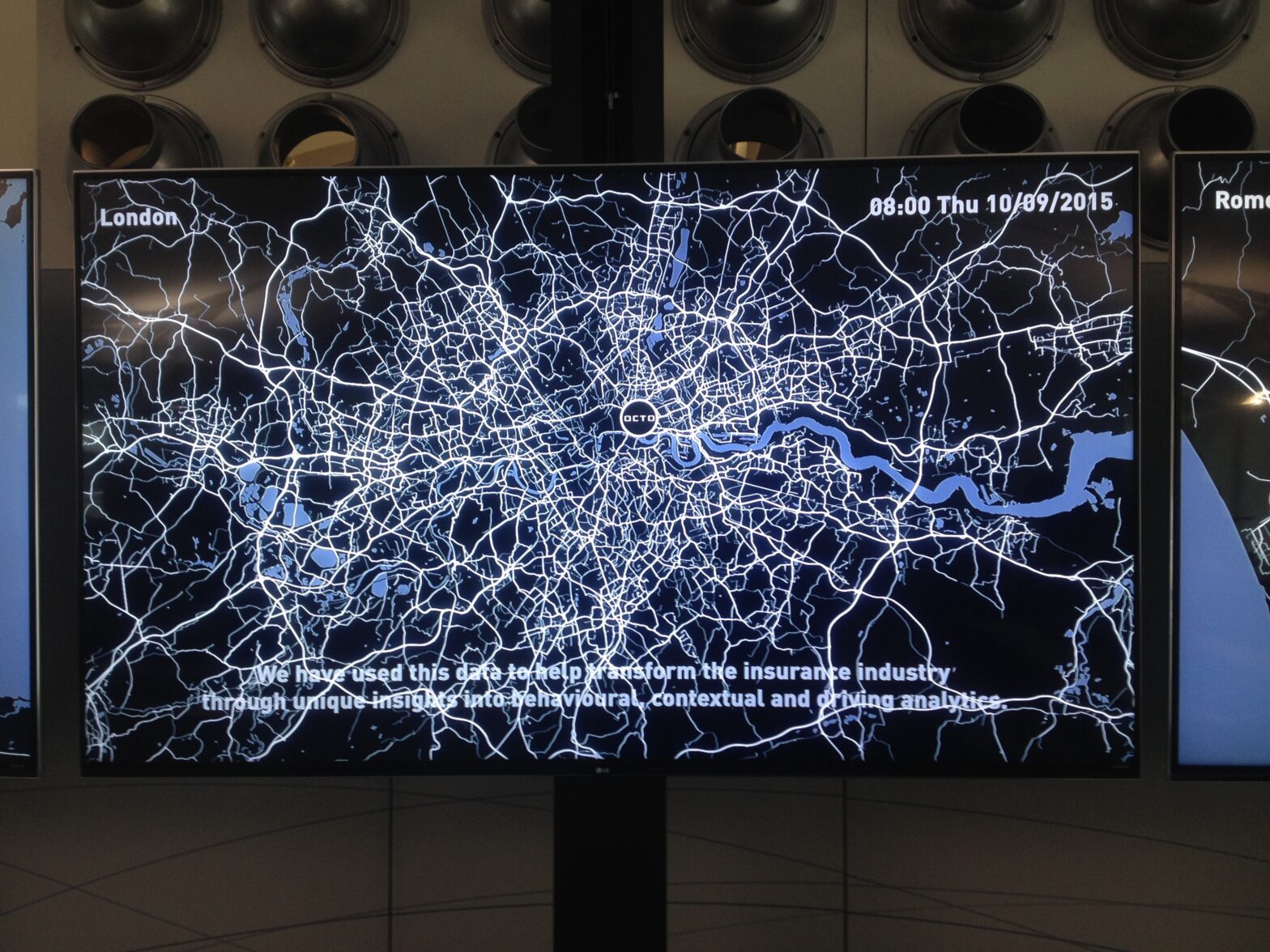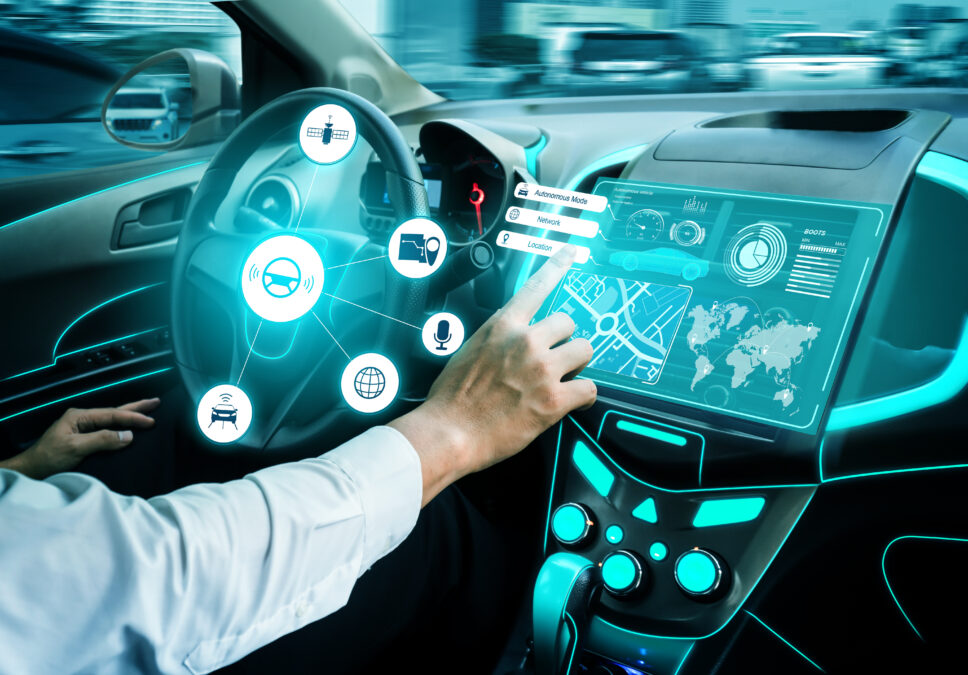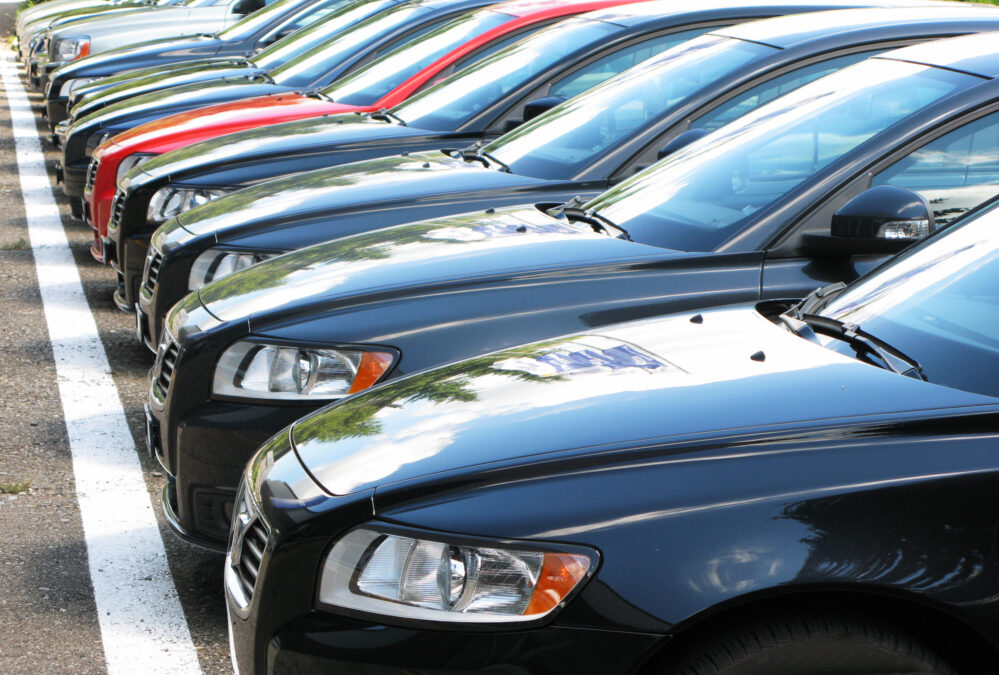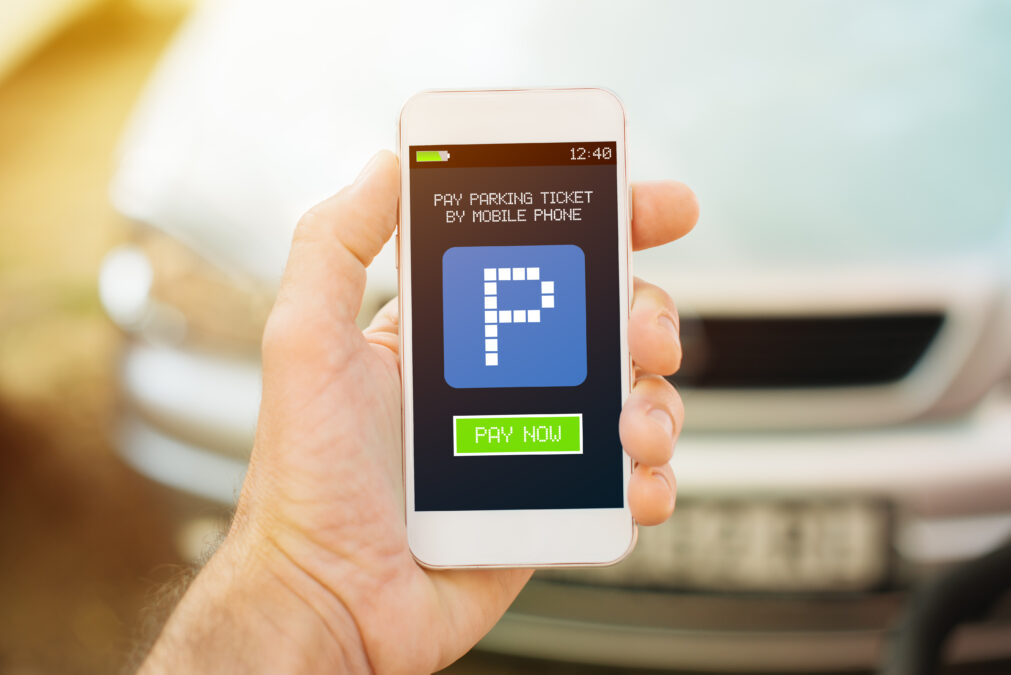Telematics is a branch of information technology that transmits data over long distances. Specifically in the automotive industry, telematics boxes offer a personalised insurance policy based on how you drive.
This technology is desirable in an industry, or indeed a society, that is driven by customer satisfaction.
The cost of car insurance increased by 38% in 2016, up to June and is up 60% over the past two years, according to the Central Statistics Office. The premiums, therefore, when renewing a policy are increasingly expensive, and leading to a sense of dissatisfaction among the consumer.
Telematics offers a solution that “breaks this kind of negative sentiment consumers have about the insurance and financial services industries through a simple principle of transparency,” Jonathan Hewett, chief marketing officer of Octo Telematics told
Information Age at the Moto GP in Silverstone this weekend.
Insurers are globally adopting telematics; because consumers, fuelled by the quantified self have a desire to measure and track everything that they’re doing, in order to gain access to better products and services.
In essence telematics unifies the customer and the insurer. Both have access to the driving data that the telematics box transmits. Based on this transmitted data, the insurer can provide discounts on policies based on the quality of driving in a scoring system.
Telematics in practice
Octo U – an app developed by Octo Telematics – was released last year, and it visualises driving scores, using GPS, by building a driver risk profile, i.e. how long a journey takes, or how well you handle corners, acceleration and braking. This ensures a fair deal approach, whereby ‘good’ driving is rewarded with policy price reduction incentives. The app then continuously updates the profile as it is used.
The news coming out of the Octo camp this weekend was the next step in their telematics journey.
“What we’re launching today with Octo U is the C2B [customer to business] element of how we connect customers back to insurance companies,” via the app, said Hewett.
>See also: How tech is transforming road safety for fleet drivers this winter
If drivers manage to achieve a high enough score, they can opt for a personalised discounted motor insurance quote from insurance companies based on their driving behaviour.
Telematics technology utilises big data – in Octo’s case around 100 billion miles of driving data – and then uses data analytics that turn it into actionable intelligence. These results are then transferred to both parties: the customer and insurer. Insurers can, therefore, tell customers how to get a better driver score and get a discount on their policy.
In the case of an accident, the telematics box can alert the insurance company in real time to the damage to the vehicle, and indeed, the person(s) in the car.
The insurer’s control centre can then appropriate the correct response, whether that is sending an ambulance to the location or simply phoning the driver to make sure everything is alright.
From a logistics point of view the response of a claim can be expedited in the same manner. If an insurer knows what, how, and where the car is damaged, it will speed up the process of closing the claim. Similarly, the data acquired can deliver new insights into driver risk, and potentially prevent future accidents, save fuel, and mitigate congestion.
The advantages of telematics are evident: it is cost efficient, time efficient, and it is safer.
Privacy and security
However, will the public embrace this form of censorship with open arms?
The telematics box will be able to monitor a vehicle’s location 24 hours a day, and the inevitable issue of privacy arises. While driving, continuous data – along with the personal data of the driver – is transmitted to and from the specific insurance companies’ data centre.
Cyber attacks have been steadily increasing over the last few years, with a number of high profile data leaks. Businesses have proven to be susceptible to the frequency and evolving nature of these cyber threats. The increased connectivity of vehicles, and the impending arrival of autonomous cars, makes these security problem two fold.
Will personal data from the telematics box be protected? Will I be in control of my vehicle?
>See also: Baby you can drive my car: Ford to mass-produce full autonomous cars from 2021
As in other industries, security must be the top priority in the evolving automotive industry.
Octo Telematics recognise this, and Hewett explained that its security systems is in twofold.
First, the security of data in their insurance data centres (they are partnered with 66 insurers) is at banking grade level security to protect personal information, and policy manipulation.
Second, “in terms of hacking into vehicles, all of our vehicles’ (apart from the US) devices aren’t connected to the electronics of the vehicle”.
“In the US they are, but again we have the most secure technology to ensure the cars can’t be hacked.”
Hewett maintained that the whole of the “insurance and telematics industry, the whole automotive industry is remorselessly focused on security”.
As the automotive insurance industry enters a new stage of vehicle automation these security standards will have to be maintained and continually developed as the cyber threat evolves.
Inevitable
All cars are going to be connected, with the majority of current car models rolling off the production line have ‘connectivity’.
It will become the new normal, and “consumers can then make a decision whether they want to pay potentially reduced insurance rates, or be part of the pot, where their premiums are being used to pay for the claims of the drivers.”
“Consumers will start to understand that they can trade their data for better deals, and a better service.”
>See also: How driverless cars will turn vehicle insurance on its head
So, the awareness around connectivity will increase as cars become connected, and many more things become connected in an IoT sense.
Telematics will play a crucial role in the move to increased connectivity, and eventually, automation.
The data analysed by machine learning algorithms, according to Octo, are not only transforming auto insurance, but are also perfectly placed to support the emerging concepts of connected mobility and autonomous vehicles.
The increased cyber threat to vehicle security is why telematics are so important, because it gives insurers the ability to identify who is in control of the vehicle.
It offers the ability for insurers to communicate more regularly and accurately with consumers, commented Hewett, and will encourage the type of behaviour that will improve business performance.
Telematics will play a vital role in for the future of the automotive and auto insurance industry.
This will be achieved by ensuring renewed customer satisfaction, delivering cost efficient, fair policies that prioritise safety as a driving value in the future automotive experience.







